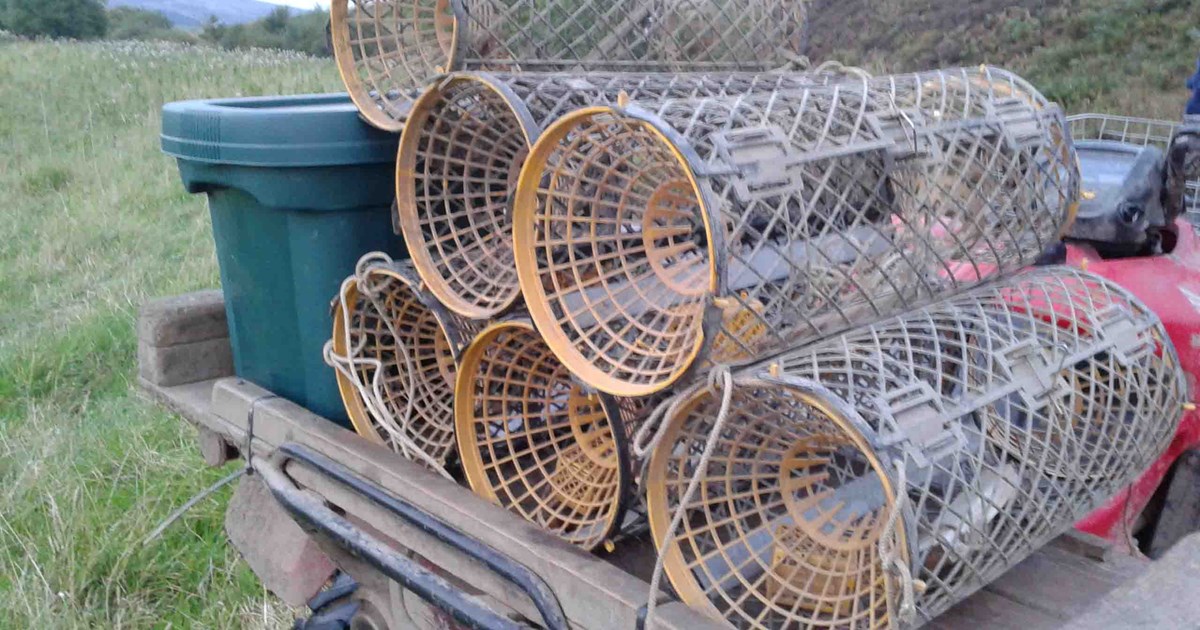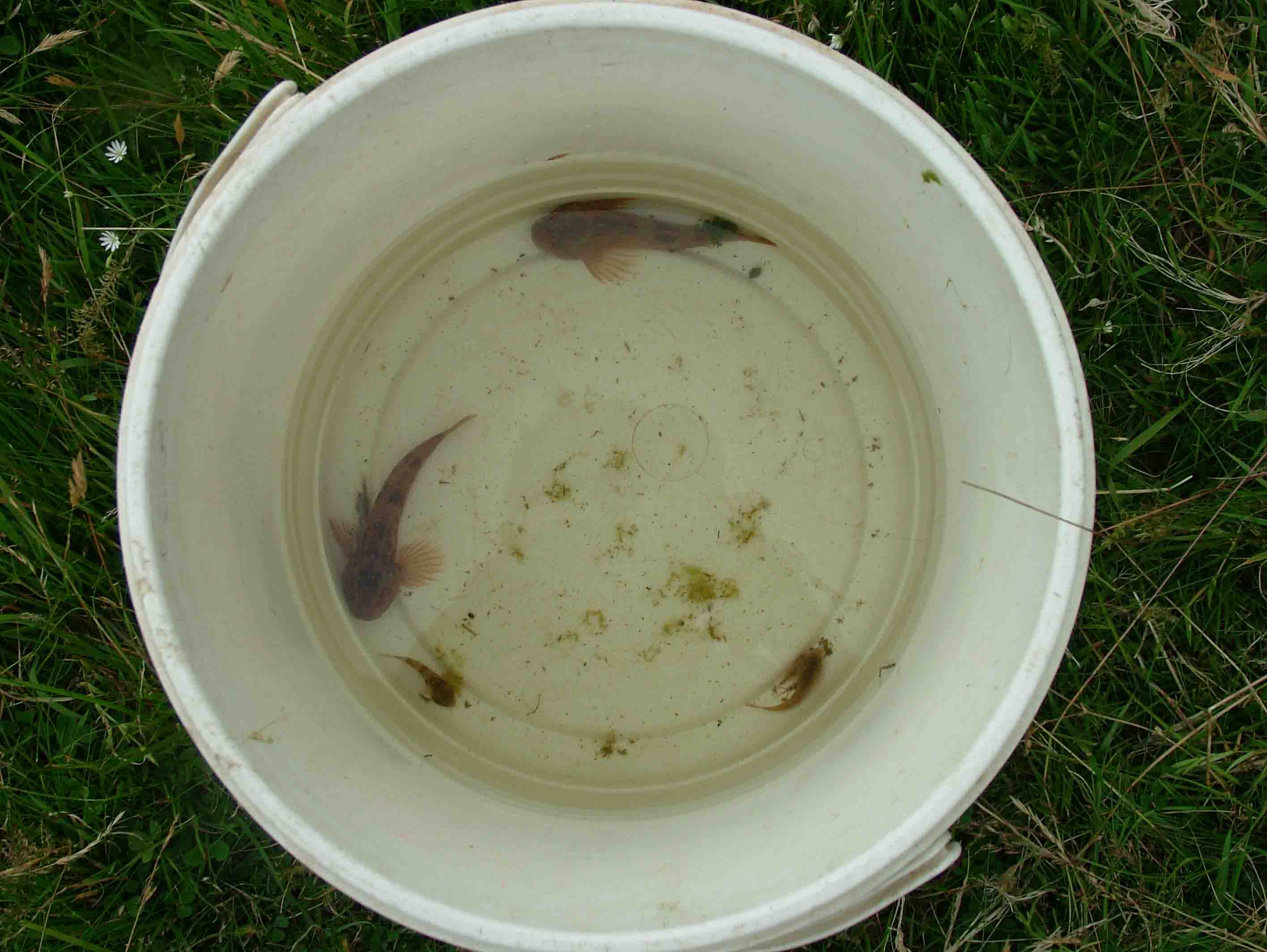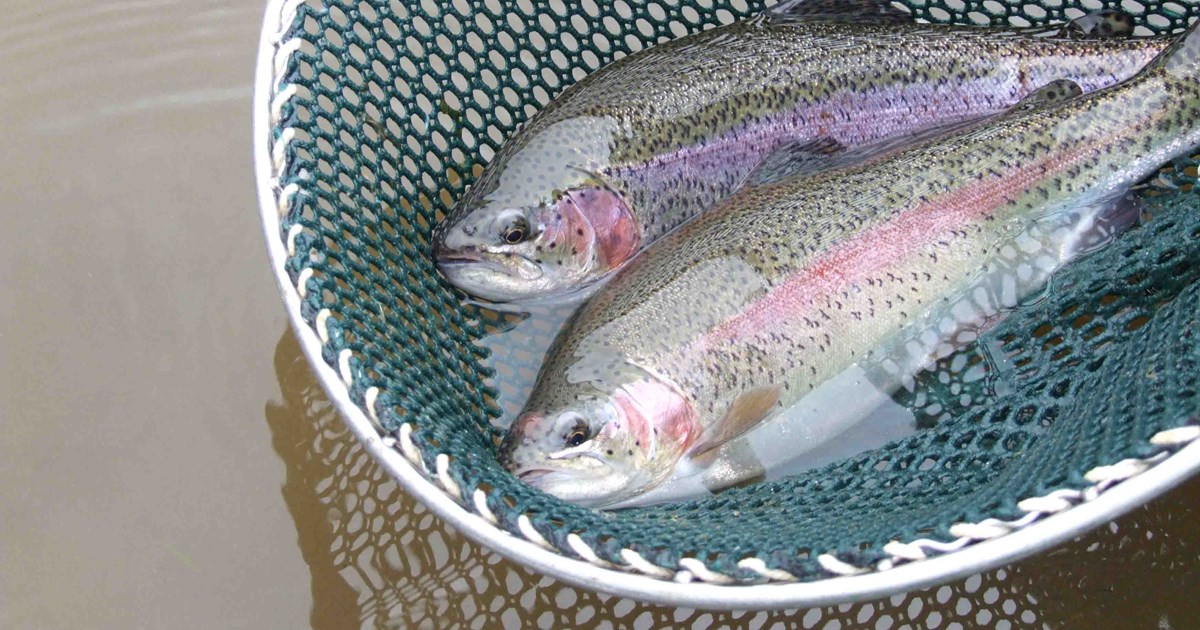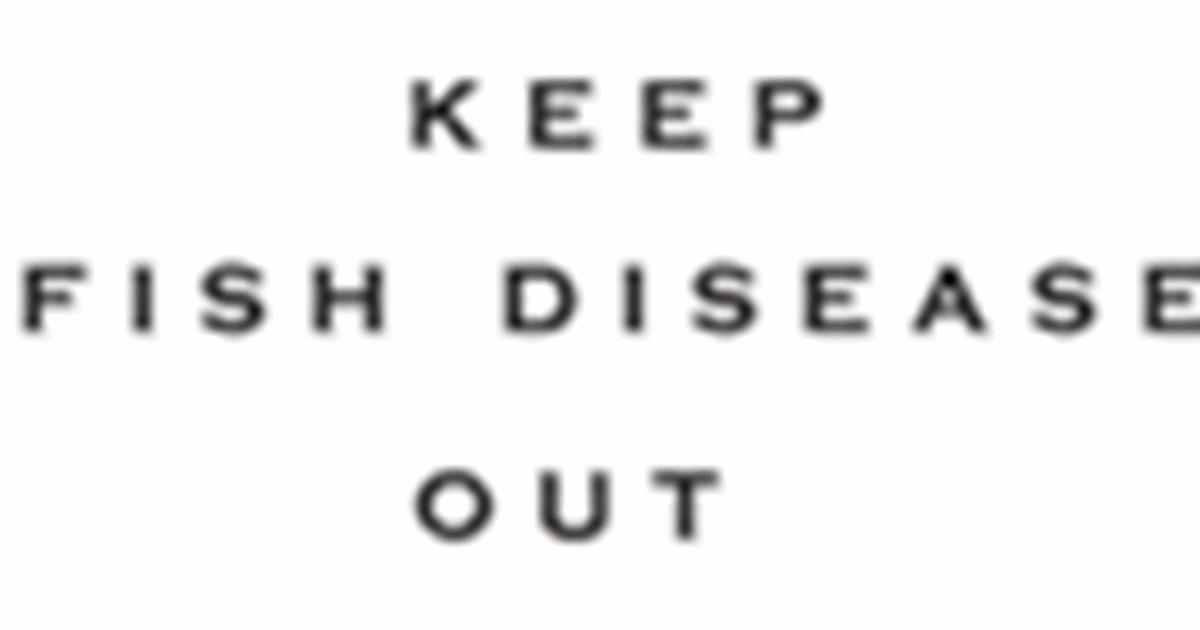What's Being Done?
The Tweed Foundation take part in implementing a number of different biosecurity measures throughout the Tweed district. By carrying out these actions, we aim to prevent, detect, control and eradicate the invasive species that could do harm to the Tweed ecosystem and local economy. Some of the biosecurity measures we are taking can be seen below.
Trapping Signal Crayfish
Signal Crayfish, a North American species, has been found in four tributaries throughout the Tweed catchment. It is thought that Crayfish were probably introduced to ponds for wild harvest, fish food or weed control, but they have since escaped and entered the river system.
Unfortunately, now that the Crayfish are well established in the four tributaries it is very difficult to eradicate them from the river. However, by setting traps for the Crayfish, we get can monitor how quickly and how far they are spreading.


Bullhead Monitoring
Bullhead have recently become established in the Ale Water, a small tributary of the River Teviot. As Bullhead have no value for fishing or eating, it is thought that they were accidentally introduced to the river and have since been spreading through the Ale Water.
As the population of Bullhead is already well established, it is very difficult to eradicate the species from the river. We can however monitor the numbers and spread of Bullhead through electro-fishing and discover if they are affecting other fish species.
Stocking Consents
Stocking stillwaters is one of the main pathways by which non native species can be introduced into the river. In order to prevent this from happening, the RTC monitor all stocking of stillwaters throughout the Tweed district. As a rule, people are not allowed to stock "open waters" and any ponds being stocked must be properly screened to prevent fish from escaping. It is also the case that any stocking should be done using fish which cannot breed and the location from which the fish originate should be known.


Raising Awareness
Making people aware of the damage that introducing a new species can do to the catchment and how best to prevent this is a hugely important preventative biosecurity measure. We always advise that any equipment used in the river should be properly cleaned and sterilised beforehand. By doing this, we hope to minimise the risk of the introduction of new invasives to the Tweed catchment - especially those that are labelled high risk.